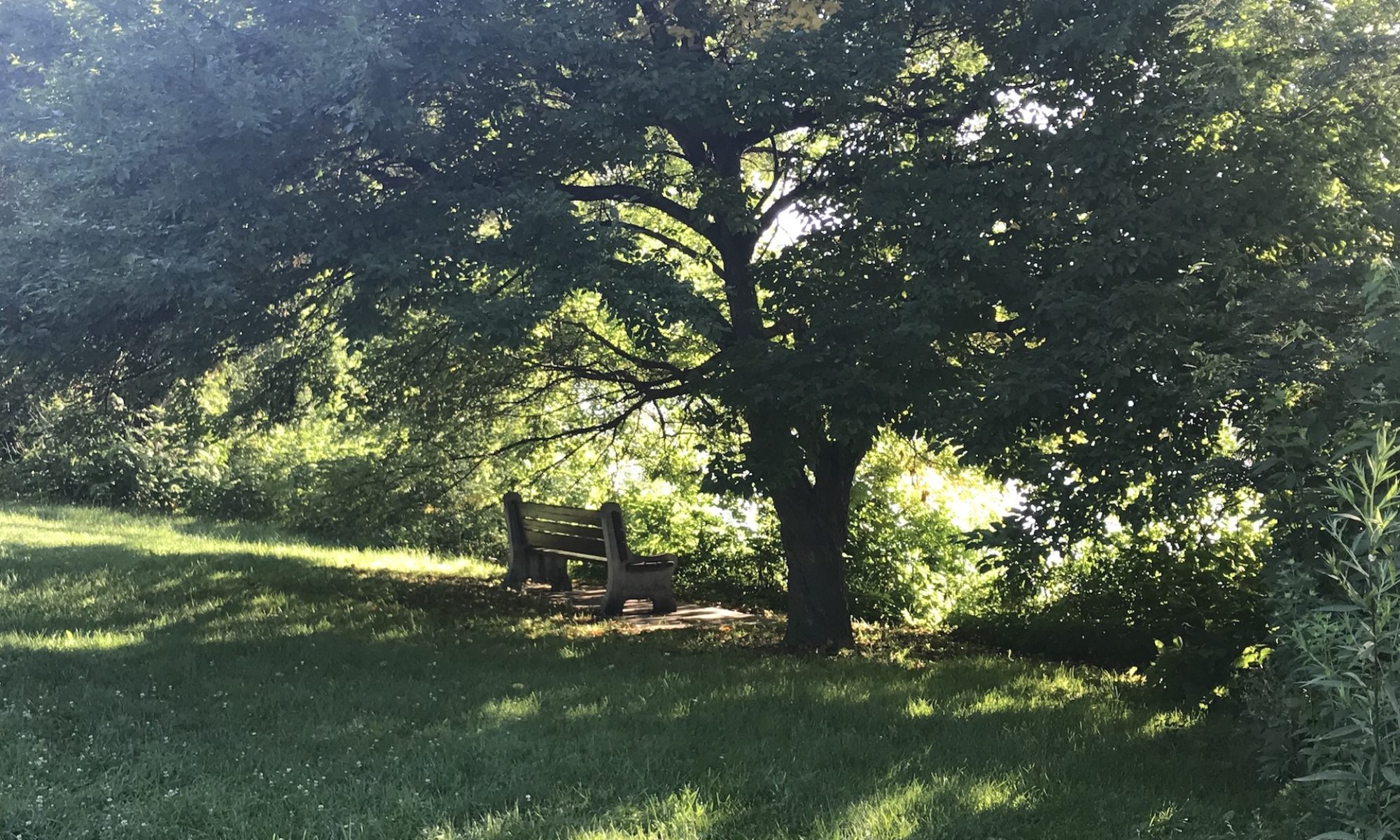
I’ve been meditating for a few years now, and I guess you could say I’ve fallen into certain habits. I don’t do it the same every time, but here are four ways that I’ve tried that work for me.
Breath meditation
The first approach to meditation I’d like to talk about is breath work.
You want to focus on your breath as it flows in and out of your body, without judgement. You can use this focal point to redirect your thoughts anytime they stray. When you find yourself with an intrusive thought, you simply observe the thought and then purposefully decide to redirect your attention to your breath.
The point of this isn’t to narrate your breathing to yourself. “Now in…and ouuuut”. No, what you want is to simply feel it. When you allow the sensation of your moving breath to fill your experience, your thoughts become calmer. You feel more in tune with your body and the present moment. Things seem…simpler.
Body awareness meditation
In body awareness I’ve heard of two different ways to the goal, but essentially you use your bodily sensations as your focus. Your thoughts get quieter and you’re more connected to your physicality.
Some people like to just feel the sensations of their whole body. To be in the moment and see what they can feel anywhere. They may start with their legs and butt making contact with the chair or floor and branch out from there. Can they feel their hair sitting on their shoulders or face? And breath might be another thing to focus on, just as a sensation within itself.
The other approach is similar, but more systematic. Starting at one point on your body and moving on from there, can you feel what it feels like both outside as it connects to your surroundings as well as how you feel inside of your body? Can you feel your essence filling your body? Where are you stored within your meatsuit, the real you? Can you feel yourself being inside of your body in your leg? How about your torso? Your head?
The cerebral approach
Other people, when they meditate, like to percolate on one concept, idea or intention. It may be a mantra or a visual or just a word held in their mind.
I consider this a highly mental approach to meditation. It can help quiet and/or direct your thoughts, but it doesn’t bring great bodily awareness.
I like to do this kind of meditation when there’s a specific issue in my life that I’m trying to work through. It’s great for more purposefully honing your intentions when you feel like you’re self-sabotaging. You just sit down and focus on what behavior or concept you would like to embody, and that focus makes it easier to learn about and act from.
Getting in a trance
Now I’ve heard about transcendental meditation, and I’m not going to say that that’s exactly what I’m about to describe to you. From what I can tell, transcendental meditation is a very specific practice with strategies and ways of doing things all on its own. But I can tell you that I’ve stumbled upon a way of meditating that does put you in a sort of trance-like state.
Basically, to get into this connected, disconnected nothingness bliss, you want to quiet down everything around and within you. You reduce your awareness of it all— the room you’re sitting in, your body you’re sitting in, your thoughts that swirl around you.
The way I go about doing this is closing my eyes, slowing my breathing and keeping my eyes stationary. I like to focus them slightly down and in front of me, as if I were staring at something about a foot or two (about 30-60 cm) in front of me. And while doing this, I just sort of purposefully switch off. I keep telling myself whenever I get distracted by a thought or other stimuli, “it’s okay, I’m not doing that right now”.
At some point, I successfully enter this state of nothingness. Sort of like being asleep, without the dreams. I may hear things or feel changes going on around me but they don’t quite register the way they usually do and I don’t have opinions about them. And after a while, I come back to the moment on my own.
This way of meditating is very restorative, almost like a nap. When it’s over you’re body feels relaxed along with your mind. And your thoughts are naturally much slower, like when you wake up from a really good night’s sleep.
My four styles
So there you have it, the four ways that I personally meditate. They all have their different strengths and uses, and they’re all worth it to cultivate.
I’d like to mention that my way of meditating isn’t the only way of meditating. Clearly I’m not some sort of spiritual guru or neuroscientist, but this is what has worked for me over the years, and the one thing I am is a big proponent of keeping what works and discarding what doesn’t.
You might find that you really like guided meditation, for instance, or something else that I haven’t mentioned here. And to me, that’s great! If it works for you, keep it. And if it doesn’t, have the courage to let it go. My meditation practice taught me that.
As always, thanks for reading. I hope it helped you get more familiar with different ways of meditating. If you’re looking for more perspectives about wellness and mental mastery, consider subscribing to the blog for updates. And if you want to read more about meditation, click here for another post.
